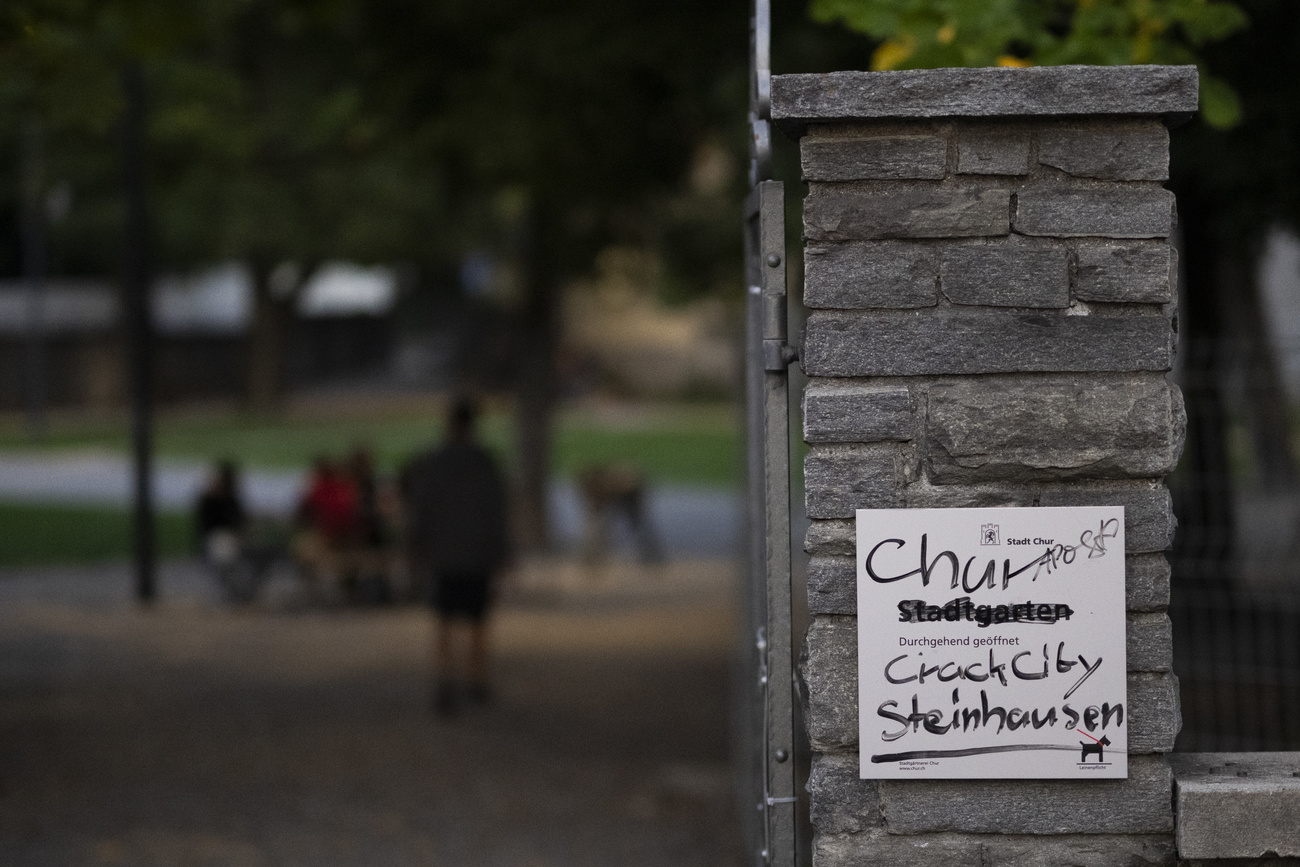Trump’s return to power fueled by Hispanic, working-class voter support

By Jason Lange, Bo Erickson and Brad Heath
WASHINGTON (Reuters) – Donald Trump reshaped the U.S. electorate once again this year, piling up support among Hispanic voters, young people, and Americans without college degrees — and winning more votes in nearly all of the country as he reclaimed the presidency.
Following the Republican’s populist campaign, in which he promised to shield workers from global economic competition and offered a wide range of tax-cut proposals, Trump’s increasing strength among working-class voters and nonwhite Americans helped grow his share of the vote almost everywhere.
The starkest increase may have been the 14-percentage-point swing in Trump’s share of Hispanic voters, according to an exit poll conducted by Edison Research. Some 46% of self-identified Hispanic voters picked Trump, up from 32% in the 2020 election when Trump lost to Democrat Joe Biden.
Hispanics have largely favored Democrats for decades, but Trump’s share this year was the highest for a Republican presidential candidate in exit polls going back to the 1970s, and just higher than the 44% share won by Republican George W. Bush in 2004, according to data compiled by the American Enterprise Institute, a conservative think tank.
In counties where more than 20% of voting-age Americans were Hispanic, Trump’s margin over Democratic Vice President Kamala Harris improved by 13 points relative to his 2020 performance against Biden.
“Young Hispanics do not have the same muscle memory as their grandparents who voted for Democrats for 50 years,” said Giancarlo Sopo, a Republican media strategist who worked on Hispanic outreach for Trump’s 2020 campaign.
This time, Trump won 55% of Hispanic men, 19 points more than the 36% share he won four years earlier, while he garnered support from 38% of Hispanic women, up 8 points from 2020.
Trump has made opposition to immigration a cornerstone of his political career, pledging to conduct mass deportations of people living in the U.S. illegally. Many Hispanic voters supported Trump’s hardline positions, according to the Edison Research exit poll. About a quarter of Hispanic respondents said most immigrants in the country without documentation should be deported to the countries they came from, compared with 40% of voters overall in the poll.
ECONOMIC CONCERNS
Hispanic Americans skew more working-class than the country’s white majority, with larger shares of Hispanics lacking college degrees, according to U.S. Census Bureau estimates.
Hispanics also tend to be younger than average in America, which means many have had less time to build wealth and have also been more exposed to the economic troubles of recent years, including high inflation and soaring interest rates for mortgages. Trump won 43% of voters age 18 to 29 – 7 points more than in 2020.
About two-thirds of voters considered the U.S. economy in poor shape, compared with about half of 2020 voters. Some 46% said their family’s financial situation was worse than four years ago, compared with 20% who said the same in 2020.
“Republicans have consistently beat Democrats on connecting with voters on the economy,” said Clarissa Martinez De Castro, vice president of the nonpartisan UnidosUS Latino Vote Initiative. “This was a referendum on the economy, and that has consistently been the number one, two and three issues for Hispanic voters.”
In the battleground state of Arizona, a state Biden won in 2020, Mexican-born Arturo Laguna became an American citizen earlier this year and cast his first U.S. presidential ballot for Trump, citing the Republican’s conservatism and his embrace of restrictions on abortion access.
“The three biggest things of importance are family values, being pro-life and religion,” said Laguna, a 28-year-old corporate manager. “I don’t feel like Kamala represents those values.”
Across the country, in places where almost all votes were counted – roughly 2,200 counties nationwide – Trump’s margin was 5 points higher than it was in 2020.
This broad increase – a rise of the Republican tide – in part owed to Trump’s gains among voters without college degrees, a massive class of voters that spans racial and ethnic categories and made up just over half of the electorate on Tuesday.
Some 56% of voters without degrees picked Trump, up 6 points from the Republican’s share in the 2020 exit poll. Harris won 55% of voters who have degrees, unchanged from Biden’s share in 2020, when affluent suburbs helped power the Democrat’s victory.
Trump’s gains build on major shifts in the electorate since his triumph in the 2016 presidential election, when he outperformed past Republicans by far among working-class white voters. He largely maintained his dominance with the group this year, winning 66% of their vote, with his share down 1 point from 2020, according to the Edison Research exit poll.
Among people without college degrees and who are not white, however, Trump’s share of the vote increased by 8 points.
While Trump gained ground in vote tallies across most of the country, some of his biggest advances were in and around big cities, areas that have been critical for past Democratic victories.
Trump flipped Nassau County – just east of New York City on Long Island – winning about 52 percent of the vote there.
And in the 25 big urban counties where nearly all the votes had been tallied by Wednesday morning, Harris won 60 percent of the vote, down about 5 percentage points from Biden’s performance in 2020 and the lowest share for a Democrat in those counties since at least 2012.
Harris won 53% of the women’s vote, while Trump won 55% of the vote by men, with Trump performing slightly better with both groups compared with 2020.







